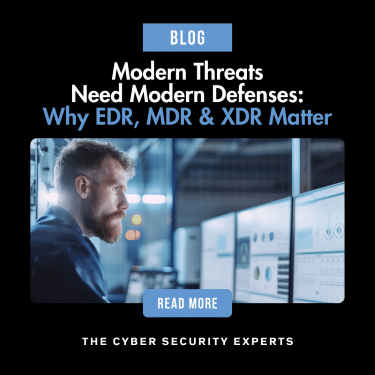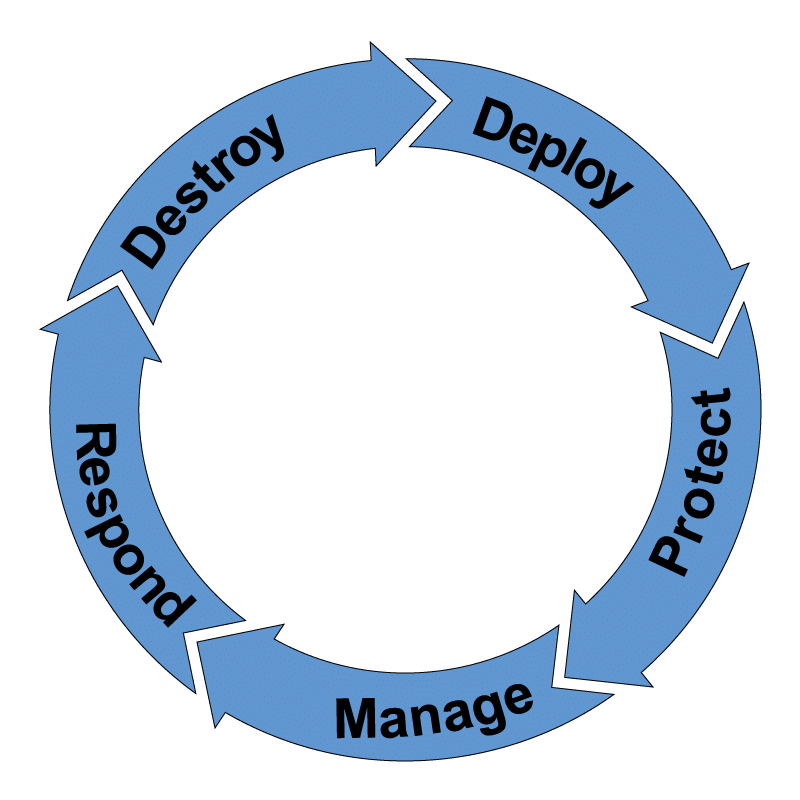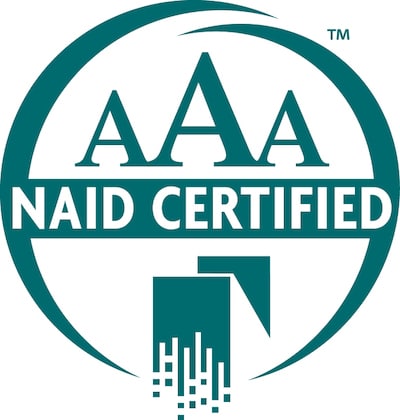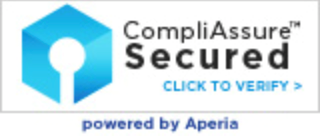Modern Threats Need Modern Defenses: Why EDR, MDR & XDR Matter
 What worked five years ago may be dangerously insufficient today. And nowhere is this more apparent than in the debate between traditional antivirus solutions and next-generation tools like EDR, MDR, and XDR.
What worked five years ago may be dangerously insufficient today. And nowhere is this more apparent than in the debate between traditional antivirus solutions and next-generation tools like EDR, MDR, and XDR.
For companies looking to meet regulatory requirements, maintain cyber insurance eligibility, and protect their data and reputation, it’s no longer a question of whether these tools are needed but when and how to implement them.
Why Antivirus Isn’t Keeping Up
Antivirus software was designed to detect and block threats based on known patterns and behaviors. It works reasonably well against simple malware, but that’s not what businesses are facing today.
Modern attackers use:
- Fileless malware that lives in memory and uses legitimate tools
- Credential theft and lateral movement to blend in with normal activity
- Zero-day exploits with no known signature
- Cloud and endpoint targeting beyond the reach of traditional tools
Antivirus might detect a suspicious file, but it won’t connect the dots between that file, a privilege escalation, and an outbound connection to an external command-and-control server. That requires more context and more intelligence.
The New Trio of Defense: EDR, MDR, and XDR
Let’s unpack what these three tools actually do, and why they work best together.
EDR: Endpoint Detection and Response
EDR focuses on what happens on your endpoints: laptops, desktops, servers, and mobile devices. It collects data in real time and flags anomalies based on behavior.
What EDR offers:
- Continuous monitoring of endpoint activity
- Threat detection based on behavior, not just signatures
- Ability to isolate infected devices
- Forensic investigation capabilities
- Root cause analysis of incidents
EDR allows you to see what’s happening and to respond before the damage spreads. But it requires a trained eye, or a team, to monitor effectively.
MDR: Managed Detection and Response
MDR pairs EDR with a team of cybersecurity experts who monitor and respond to threats 24/7. It’s not just technology, it’s managed service.
What MDR brings to the table:
- 24/7/365 monitoring of EDR alerts
- Human-led investigation and threat hunting
- Triage and prioritization of events
- Hands-on support during incidents
- Regular reporting and strategic recommendations
For businesses without a full in-house SOC, MDR fills the gap and ensures nothing slips through the cracks during off-hours or holiday weekends.
XDR: Extended Detection and Response
XDR expands detection and response beyond the endpoint. It correlates data across your security stack (endpoints, email, cloud services, networks) to provide a unified view.
XDR adds:
- Cross-platform visibility
- Centralized correlation and analytics
- Faster identification of multi-stage attacks
- Broader coverage of attack surfaces
- Automated response workflows
Think of XDR as your command center, pulling in signals from across your environment and enabling faster, more intelligent action.
Choosing Between EDR, MDR, and XDR
So how do you know which solution is right for your business?
- Start with EDR if you have an internal IT team but need visibility and basic response capabilities.
- Add MDR if your team is small, resource-constrained, or lacks 24/7 monitoring ability.
- Adopt XDR if you already have several security layers in place and want to centralize detection and response across systems.
There’s no one-size-fits-all solution, but doing nothing is the only wrong answer.
Real Risks, Real Costs
When a cyberattack hits, the damage ripples far beyond IT. It disrupts operations, erodes trust, triggers compliance investigations, and may result in fines, lawsuits, or loss of business.
Some overlooked risks include:
- Cyber insurance denial or cancellation for inadequate protections
- Failed audits or compliance violations due to lack of monitoring
- Loss of competitive standing if customer data is exposed
- Downtime and recovery costs in the wake of ransomware or data breaches
Many businesses don’t realize how exposed they are until it’s too late. At Reclamere, we often engage with clients after an incident. They come to us saying, “We thought our antivirus was good enough.” It wasn’t.
The Reclamere Approach: Strategic Partnership, Not Just Tools
We don’t believe in selling software for the sake of it. Tools are only as good as the people and processes around them.
That’s why we built SOC360: a managed detection and response solution that combines leading EDR/XDR technology with our 24/7 analyst team and cybersecurity advisors.
With SOC360, clients gain:
- Real-time endpoint and infrastructure visibility
- Alert correlation across systems for faster response
- Guidance from seasoned analysts and security architects
- Strategic reviews of your risk profile and evolving threat posture
We don’t just help you deploy tools, we help you understand your risk and build resilience into your operations.
Why This Matters Now
Attackers aren’t standing still. Your defenses shouldn’t either. Whether your organization is in healthcare, financial services, government contracting, or any other regulated industry, modern cybersecurity is no longer optional. It’s expected.
You’re not just protecting your systems, you’re protecting your contracts, your compliance, your customers, and your credibility.
EDR, MDR, and XDR aren’t future-proofing. They’re right now necessities.
Get Ahead Before You Fall Behind
The tools may be new. The threats may be evolving. But the imperative remains the same: stay ahead.
If your security strategy still leans on antivirus alone, it’s time to move forward. EDR, MDR, and XDR offer layered, intelligent defense that matches the speed and sophistication of today’s attackers.
At Reclamere, we’ve seen firsthand what happens when businesses wait too long. But we’ve also seen what happens when they act: they gain clarity, confidence, and control.
The future of cybersecurity isn’t about walls. It’s about eyes, ears, and rapid response. And that future is already here.








